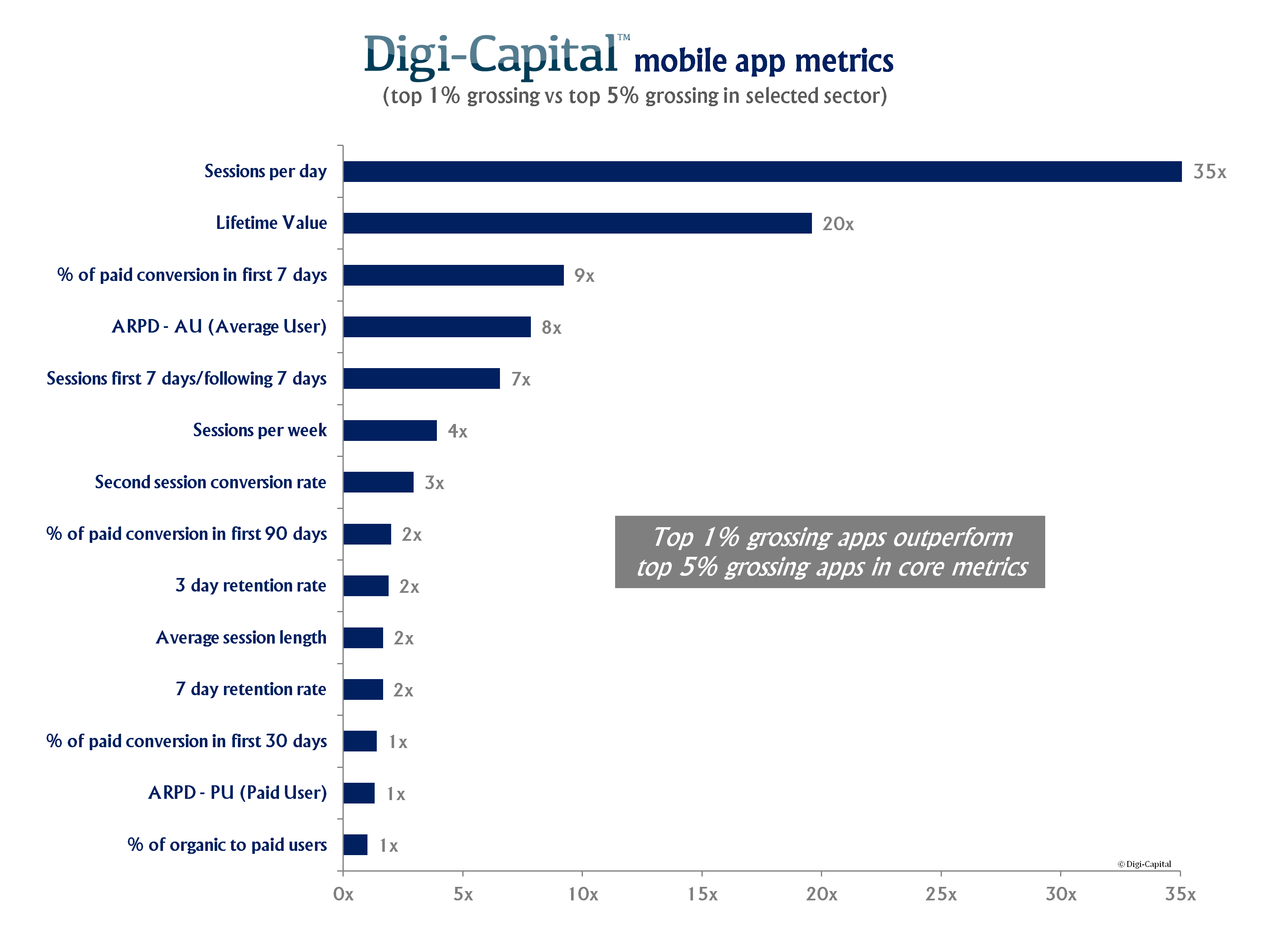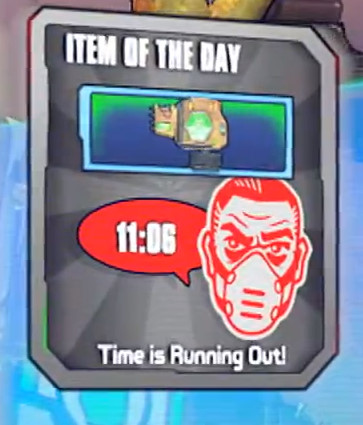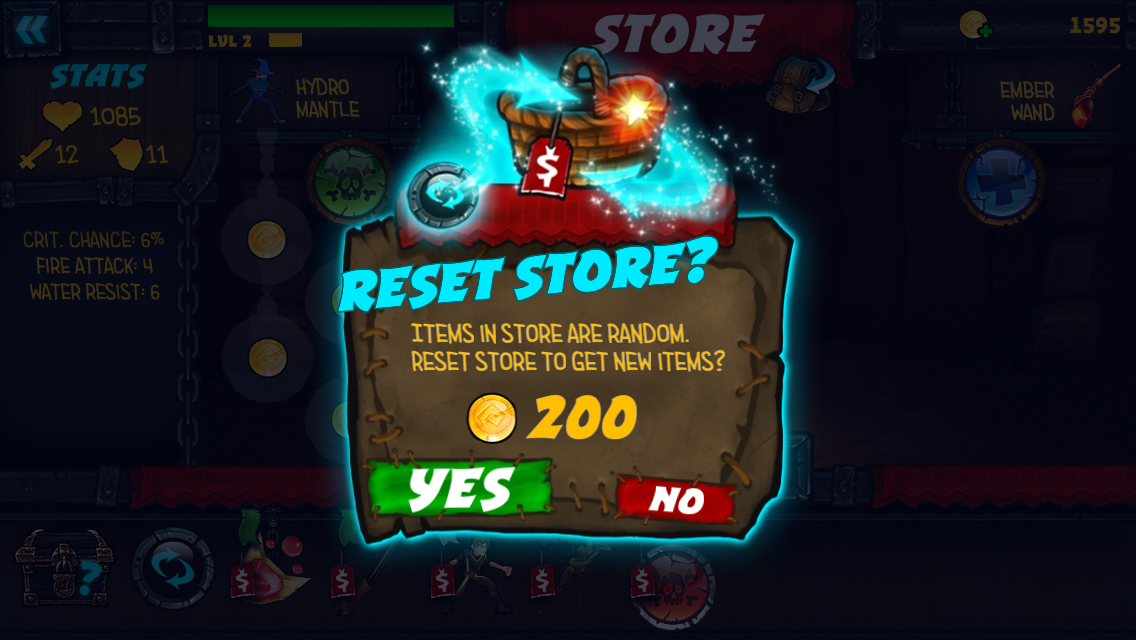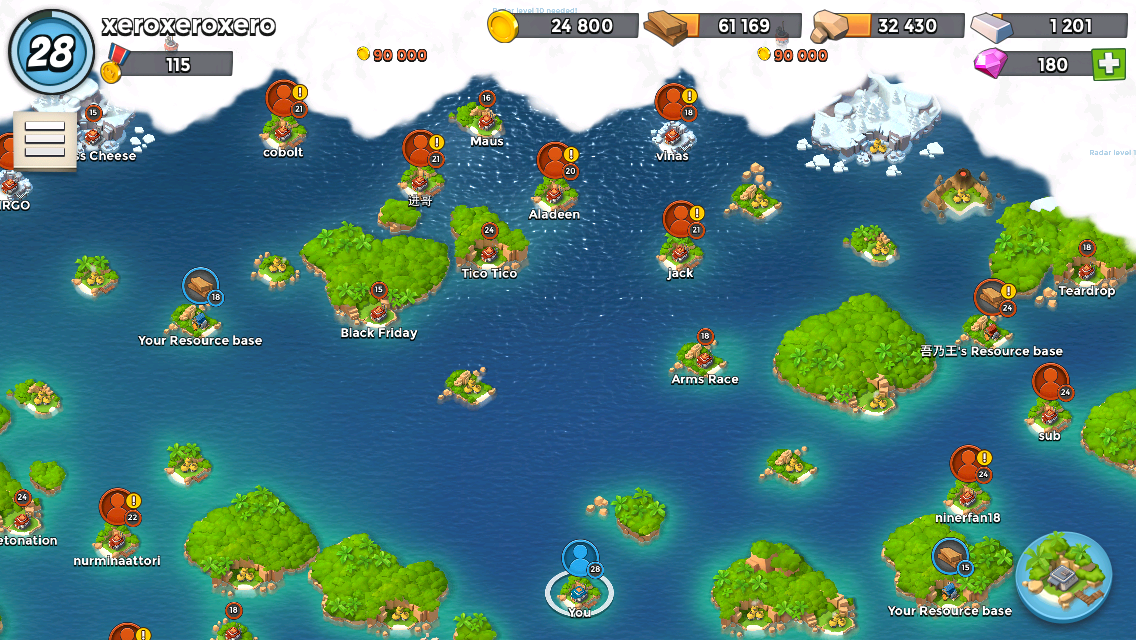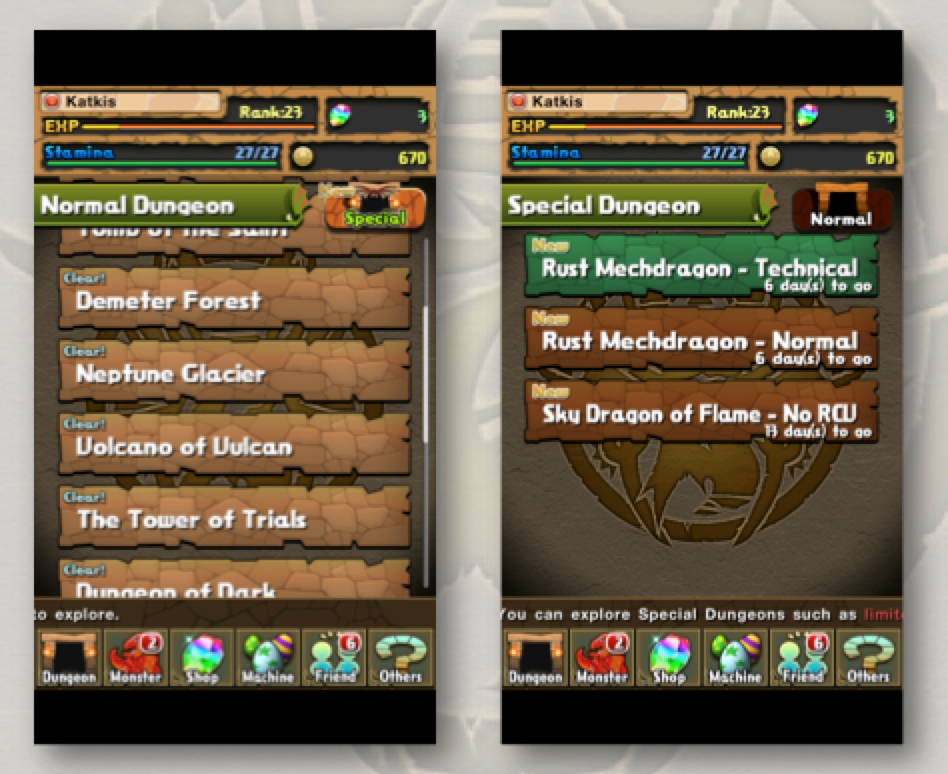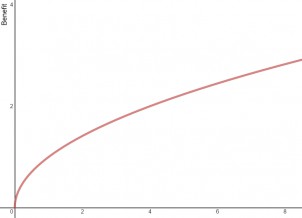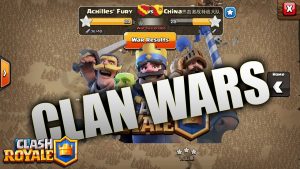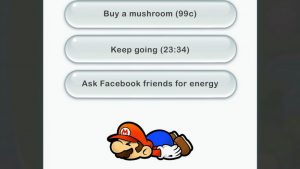Mobile Session Design: Deal Hunting
Continuing from my last post, I’d like to dive deeper into driving re-engagement on mobile.
Driving long term retention continues to be the focus for mobile free to play developers. As marketing costs for launching titles continues to hit new highs, it becomes more and more important to retain players over the long haul.
The first strategy for driving players to come back for a long time is about designing your game’s features so that players are committed to returning. Players activate timers to trigger a notification in a few hours. Players could also push another friend to play a round, then receive a notification when its their turn to play again. These evoke a very “explicit” session design. There are push notifications always notifying you when you need to come back to the game. Very obvious reasons to return to the game.
But this is exhausting and can lead to very structured session designs that don’t bend around a players life. It also gets really tiring, very fast. Players getting notifications in the middle of the night, feeling like in order to play optimally they need to return.
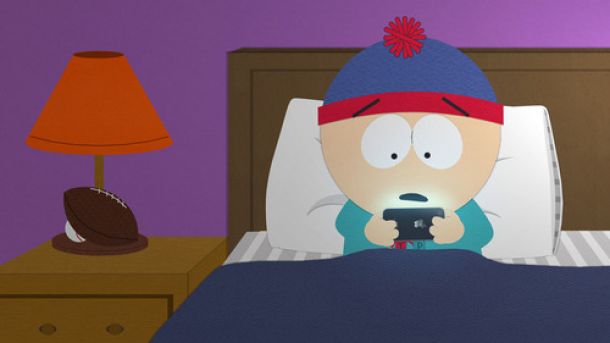
South Park described this behaviour perfectly in the recent episode mocking free to play games. Waking up in the middle of the night to tend crops gets old really fast.
As a result, explicit push notifications are fine for triggering 1-3 sessions per day. However, any more than this and the game just turns into an annoying Tamagotchi and players will break away from your game.
But 1-3 sessions per day frankly isn’t enough for free to play games. Looking into some industry data from Digi-Capital, we can see the importance of Sessions per day and its correlation with hitting the top grossing :
Hitting a strong session per day count is a very good indicator for a top grossing game. So how do we design a game that pulls the player back very often?
Learn from the Masters: Facebook & Twitter
Facebook and Twitter are the clear winners on mobile for sessions per day.
But Why? What is driving us back?
There are direct messages and notifications — people post about us or message us. This provides the “explicit” notifications. Players return because they are committed socially to reply to these messages and look at their notifications.
But why do we open up facebook every time we’re in line at the grocery story? Even when there are no notifications on the phone? Why do we pick up twitter every time we have a boring break in a conversation?
Because of the news feed. Because there is always something to check, always a hope that something new is going on.
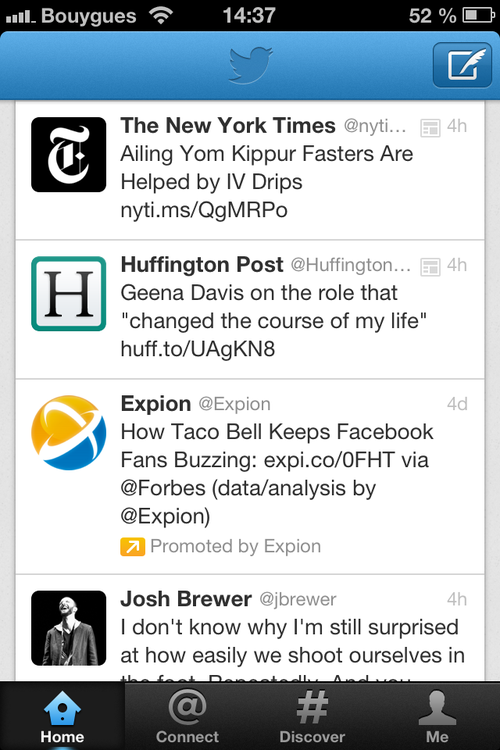
Why do you open up Twitter every 15 minutes? Because there’s always something new on the feed. There’s always an anticipation that you could find out something new if you just checked in quickly…
Throughout the day the content on both of these networks is changing rapidly. A user can come back once a day, five times a day or a hundred times a day and still get enjoyment. This is what mobile free to play needs to strive for.
Going Deal Hunting
Alright, so game design can’t provide the same amount of new content and surprises that a social network can. But that doesn’t mean that we can’t hit the same level.
A first great example of creating this session design feeling is cycling content in shops.
For shops, you don’t have all the items available at all times. Some of the best moments using the store in Borderlands or Diablo was when the store had the exact item that I wanted on sale or for a deal. If your design supports a huge possible library of items to sell, then a cycling shop is a must. Highly engaged players feel great finding deals on items that were previously too high. Players always have hope coming into the game that there might be the solution to their problems available in the shop for a deal. In short: the shop provides a feeling of something new and interesting that could change their fortunes. If the cycle is short enough, and the deals good enough, this can really push players to come back throughout the day. It also adds urgency to purchasing behaviour — each deal feels like a once in a lifetime opportunity.
Of course we’ve seen this behaviour in other forms as well. Ebay, Craigslist, and Steam Sales are great inspiration for creating a store that really pushes players to come back constantly to go deal shopping.
Also, this cycling can create some other interesting monetization mechanics. You don’t want to come back throughout the day? You really want to find that item quickly? Then pay some currency to refresh the store. You can see this in the recent Backflip game, “SpellFall”.
Shopping for Level Design
Of course this constant cycling isn’t limited to just in-game shops. This same mentality can be applied to your progression system or matchmaking system.
Let’s take for example a game like Boom Beach. What would happen if you only have 10 opponents you could play per hour. Every hour, the full list is refreshed. Players then would shop the deals on this board. This hour, which of these opponents are the easiest to beat and provide the best reward? Then each hour they return and search for the “deals” on this board which will help them progress. This could be a great replacement for the current system where players feel like they are matched with extremely difficult opponents and can only progress by grinding the PvE computer levels, greatly reducing the importance of PvP in the game.
Having levels that cycle and change throughout the day is a way to add interesting choices a PvE or level based game. Puzzle and Dragons have Event dungeons for very limited time. Making these more central to the daily grind and progression is a great way to add more interesting choices and pull the player back more often.
For trading and resource based games, having customers that have random requirements and give random rewards cycling throughout the day is an easy way to add excitement.
Hay Day most likely didn’t add this because it makes setting long term goals very difficult for players. Players can’t predict if making bread for the next hour or milk is the right choice. So of course this has to be balanced with ensuring the player always has a clear deal they are going for, but can find interesting deals along the way to speed up their progress.
Your goal as a designer at the end of the day is to get players to come back for multiple sessions per day. Allow players to feel smart about taking advantage of one-time offer deals that progress them faster. This will make your game feel much more alive — it’s constantly changing, and a player can’t predict what the optimal path to completing the game will be. Progression will not be linear and boring. How often you need to grind, how many rounds you need to complete before you can beat the next boss isn’t laid out in front of you.
Most importantly — you will always have a reason to come back to the game.





